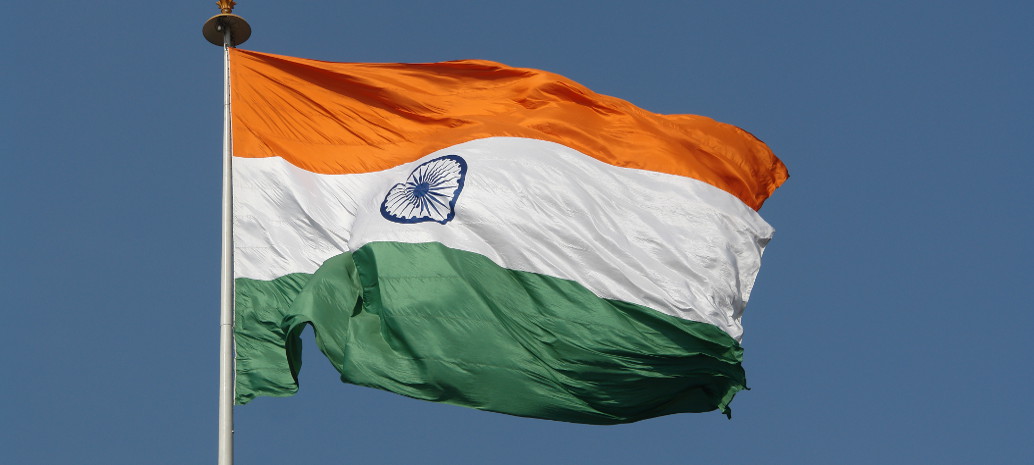Ratings agency ICRA says strong demand from commercial and industrial consumers in India will drive an incremental renewable energy capacity addition of at least 75GW by 2030. C&I segment itself accounts for about 40-45% of all-India energy demand. According to the analysts, even if the C&I sector meets 20% of its energy requirements through RE, it could bring an incremental RE capacity addition of about 75GW by 2030.
ICRA cites improving RE tariffs and sustainability goals as the main reasons driving C&I players to source RE. Government policy focus on RE to meet the nation’s ‘net-zero by 2070’ target provides the added impetus.
Girishkumar Kadam, senior vice president and co-group head – corporate ratings, ICRA, said, “From the C&I off-taker’s perspective, cost of sourcing of RE through open access remains at a discount to grid tariffs after factoring the applicable open access charges. The grid tariffs have shown a rise, and the energy charge in the same also varies widely between INR 6-7/kWh and INR 6-10/unit for HT industrial and commercial segment, respectively, across the states.”
Challenges
Kadam highlights the regulatory risk for open-access-based RE projects, as reflected through an increasing trend in the open-access charges and tightening of banking norms/charges.
“The open access and banking charges/norms also vary widely with effective cost ranging from INR 1.5 to 5/kWh across key states, with an increasing trend seen due to upward pressure on the cost of power supply and continued high level of cross-subsidization in the tariff structure for the discoms.”
The open-access charges mainly comprise cross-subsidy surcharge (CSS), additional surcharge (AS), wheeling charges, and banking charges as per the applicable norms by State Electricity Regulatory Commission (SERCs) across the states.
CSS varies widely between INR 0.7 and 2.2/kWh as observed across the key states, with the removal of concessions/exemptions by SERCs – which were earlier available for RE projects in third-party open access route.
Most States also levy AS varying between INR 0.25 to 1.3/kWh.
As a result, captive or group captive projects are being preferred due to relatively lower regulatory risk (non-applicability of CSS and AS) as compared with third-party sale route, said the analysts.
Vikram V, vice president and sector head – Corporate Ratings, said, “Recent directive by Supreme Court in December 2021 for non-applicability of additional surcharge for captive projects remains positive for captive RE projects. The clarity on the extent of waiver of inter-state transmission charges (ISTS) for projects to be commissioned by FY 2028 also remains a positive. Moreover, draft rules on RE open access by the Ministry of Power, dated August 2021 are yet to be notified and would benefit RE players if the same is notified and implemented by SERCs given the certainty and clarity proposed in open access and banking norms.”
ICRA finds third-party sale route under open access still remains fairly attractive for the IPPs in States like Gujarat, Karnataka, Rajasthan and Tamil Nadu, wherein the maximum discount that can be offered by the IPPs varies between 15 to 30% assuming net tariff of INR 3.25/kWh.
This content is protected by copyright and may not be reused. If you want to cooperate with us and would like to reuse some of our content, please contact: editors@pv-magazine.com.









By submitting this form you agree to pv magazine using your data for the purposes of publishing your comment.
Your personal data will only be disclosed or otherwise transmitted to third parties for the purposes of spam filtering or if this is necessary for technical maintenance of the website. Any other transfer to third parties will not take place unless this is justified on the basis of applicable data protection regulations or if pv magazine is legally obliged to do so.
You may revoke this consent at any time with effect for the future, in which case your personal data will be deleted immediately. Otherwise, your data will be deleted if pv magazine has processed your request or the purpose of data storage is fulfilled.
Further information on data privacy can be found in our Data Protection Policy.